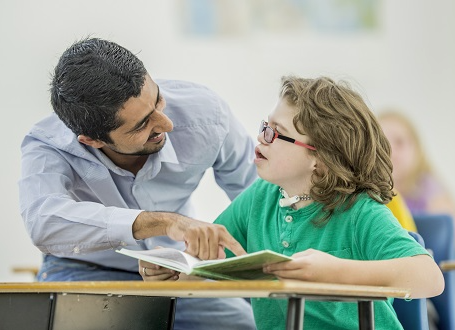Personalized learning transforms the traditional classroom by focusing on the needs, strengths, and goals of each student. But with flexible pathways and individualized instruction, how do educators know if their personalized learning efforts are truly working? Measuring success in this model requires a broader, more thoughtful approach that goes beyond standardized tests to include progress, engagement, and personal growth.
Set Clear, Individual Learning Goals
Success starts with well-defined goals. In personalized learning environments, these goals should reflect both academic standards and personal student interests. Teachers and students can work together to set short- and long-term objectives, which serve as benchmarks for growth. Progress toward these goals provides a meaningful measure of success.
Use Multiple Forms of Assessment
Rather than relying solely on traditional tests, personalized learning benefits from a variety of assessment tools. These can include:
- Formative assessments like quizzes or exit tickets to monitor daily understanding.
- Performance-based tasks such as presentations, projects, or portfolios that showcase applied learning.
- Peer and self-assessments to encourage reflection and student agency.
These varied measures give a more comprehensive view of each student’s learning journey.
Track Growth Over Time
Personalized learning emphasizes progress, not just performance. Teachers should track how much each student improves over time, regardless of their starting point. This growth mindset encourages continual development and helps celebrate incremental achievements that might otherwise go unnoticed.
Monitor Engagement and Motivation
Success isn’t just about academic results. Student engagement, participation, and motivation are vital indicators in a personalized setting. Teachers can use observation, surveys, and student reflections to assess how invested learners are in their tasks. Increased motivation often signals that personalized strategies are working.
Use Digital Tools for Data Insights
Technology plays a valuable role in tracking progress. Learning management systems, educational apps, and adaptive programs can offer real-time data on student performance and preferences. These tools help teachers tailor instruction and adjust strategies based on individual needs.
Involve Students in the Process
Encouraging students to take part in measuring their own progress promotes ownership and self-awareness. They can maintain digital portfolios, set weekly goals, or reflect on challenges and successes. This collaborative evaluation process strengthens critical thinking and helps learners stay focused.
Conclusion
Measuring success in personalized learning requires more than a single test score. It involves tracking academic progress, engagement, goal achievement, and personal growth over time. By using a variety of tools and approaches, educators can gain a fuller picture of student development and continuously refine their practices to ensure every learner thrives.














